What’s In That Pink Soap and How to Support Your Skin Microbiome
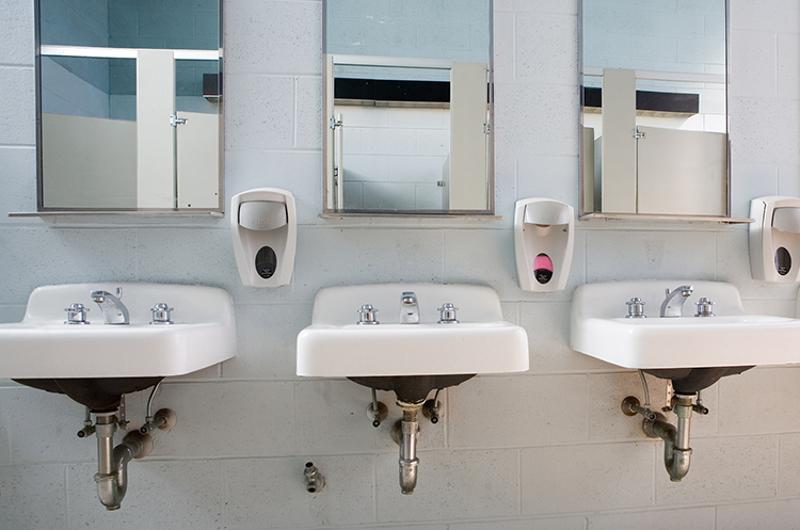
That pink soap. I know you know it. It’s in nearly every public bathroom – schools, medical buildings, airports, shopping malls, fast-food restaurants, office buildings. It’s oozey and fluorescent and has that distinctly nauseating sweet fake flower scent. It’s gross, and when a doctor friend of mine mentioned that she won’t use it, I began to wonder – what is in that pink soap? And how are the soaps we use affecting that vital barrier between ourselves and our world – the skin microbiome? Have we become overly obsessed with cleanliness and as a result, prefer the chemicals?
I set out writing this post asking just one question: what is in that pink soap? Trying to find that answer landed me on a totally different path.
What’s In That Pink Soap?
A Nancy Drew adventure: what ingredients are in that pink, blue, green, red, orange, purple or clear soap available in public restrooms? I looked up a few companies until I got to one of the lead distributors in Canada. I was sent a link to the safety data sheet, but it only includes the ingredients deemed ‘chemicals’ requiring safety data. What’s not listed are all of the colouring agents, fragrance and emulsifiers.
I wrote to the company and got a more complete list. I had to wait for someone to come back from their holidays. How was there only one person in the whole company who could provide the ingredient list? (And no, it is not printed on the bottle.)
Pink Soap Ingredients
- Lauryl Glucoside: A relatively mild surfactant.
- Sodium Laureth Sulfate: Sodium laureth sulfate (SLES) and sodium lauryl sulfate (SLS) are linked to severe skin irritation and may be contaminated with 1,4-dioxane, a carcinogen.
- Glycerine: This ingredient is used to keep the skin hydrated and may derive from an animal, vegetable or synthetic source. I wasn’t able to determine which kind was in this particular pink soap.
- Cocamidopropyl betaine: A lathering ingredient associated with skin irritation – it was named the Allergen of the Year in 2004.
- Citric acid: This preservative is limited to certain concentrations to avoid skin irritation.
- Colorant red 52: Dyes lend soaps their colours, but as I wrote extensively in this post, these dyes may cause a host of issues including hypersensitivity, neurological issues and allergies. We aren’t consuming the ingredients in soap in the same way we would if we were eating something with a food dye, but we are still exposing one of our largest organs to it.
- Perfume: Perfumes and fragrances are the great bane of personal care products! Why does everything need to smell? And it isn’t just the odor that can affect those who are sensitive to smells – perfumes and fragrances are broad labels that can contain a multitude of sub-ingredients, and they are linked to many problems such as headaches, dermatitis, asthma, respiratory issues and hormone disruption.
- Methylisothiazolinone & Methylchloroisothiazolinone: These preservatives have been linked to skin irritation and dermatitis, allergies, lung toxicity and even neurotoxicity. Methylchloroisothiazolinone has also been connected to chemical burns.
- Sodium chloride: This is salt, and should be used in small amounts to avoid drying the skin out.
- Styrene/acrylates copolymer: This is a possible carcinogen.
Contaminated Public Soap Dispensers
In my travels through my research I found another unfortunate study entitled, “Bacterial Hand Contamination and Transfer after Use of Contaminated Bulk-Soap-Refillable Dispensers”
I am a germaphobe. Do you know this about me? My husband thinks it’s ridiculous, but it’s a real thing. I open doors with elbows, pull my sleeve down over my hands, wear a mask on airplanes and put essential oils up my nose if I have to go into a medical building. It’s not wholly unfounded. I became this way back when I had an autoimmune disease and someone could sneeze down the block and I’d get sick.
Coming across this study is the stuff that can keep me up at night: “Bulk-soap-refillable dispensers are prone to extrinsic bacterial contamination, and recent studies demonstrated that approximately one in four dispensers in public restrooms are contaminated. The purpose of this study was to quantify bacterial hand contamination and transfer, after use of contaminated soap under controlled laboratory and in-use conditions in a community setting.” One in four. I just can’t.
What they found is that these contaminated soap dispensers increase the risk of opportunistic pathogens in public spaces.
I am not telling you not to wash your hands after pooping in a public place. Hand washing is important for public and personal health. But not all hand-washing experiences are created equal. Let’s move on for now and discuss another issue with our obsession with cleanliness.
Don’t Forget The Poo Air From The Hand Dryers
I am 100% that person who is all elbows in a public bathroom and walk out with my hands dripping wet. Something about the hand dryers powerfully blowing hot bathroom air on my hands always made me a little uncomfortable. Turns out, my instincts were right! According to this study, those hand dryers are blowing bacteria and bacteria spores all over the place.
I recognize that hand dryers are considered more environmentally friendly, so it seems here there is no winning solution except mine: leave the bathroom and wave your hands frantically in the air, or dry them on your pants. (I hope you get that I’m joking here. Sort of.)
This of course led me down the path of asking what everyday products are we using that we assume are protecting our public health and safety, but that might actually be part of the problem.
Triclosan: Banned, But Not Everywhere or in Everything
I was happy to know, at the very least, that the pink soap that had aroused my suspicions did not contain triclosan.
In the 1970s, companies began to load up their soaps and other personal care products with triclosan, an antimicrobial compound. The theory at the time was that these antimicrobial and antibacterial ingredients were superior to traditional soap and water. By the 21st century, an estimated 75% the US population had been exposed to it, with 75% of people having it show up in their urine. Women seem to be more susceptible to exposure than men – one Canadian study of pregnant women found it in 87% of urine samples, while another US study in Brooklyn that measured 181 mother/infant pairs found triclosan in 100% of the maternal urine samples and 51% of cord blood samples.
In recent years, scientific evidence has shown that triclosan exposure can have health effects on people, animals and the environment – plus, studies have found that it’s no more effective than regular soap at reducing bacteria or preventing infections on our hands. Some of the other impacts of triclosan include:
- Triclosan destroys all bacteria – good and bad – and this has led to antibiotic resistance
- Compromised immune function
- Allergies
- Altered hormone function
- When we wash our hands or use other personal care products, the chemicals – including triclosan – flow into our waterways, and water treatment plants can’t fully remove it. Researchers have detected triclosan concentrations in waterways, marine life and soil, where they bioaccumulate.
- When mixed with the chlorine in tap water (or shower water), triclosan can be converted to chloroform
In 2016, the FDA in the US instituted a ban on triclosan, triclocarban and 17 other antibacterial/antimicrobial consumer soaps based on its dubious safety profile. The EU followed suit in 2017. Here in Canada, where I am, triclosan has yet to be banned – Health Canada still deems it safe up to certain maximum amounts, though many large companies have elected to remove it due to customer concerns.
The current triclosan bans don’t apply to hand sanitizers, hand wipes, or health care/hospital settings. You may also find it in other personal care products like toothpaste, cosmetics, earplugs, sneakers, yoga mats, garbage bags, and refrigerator filters, to name a few.
Are We Too Clean? Nourishing The Skin’s Microbiome
Let me be clear, once again: hand-washing is very important. It’s an essential practice that helps prevent the spread of infectious diseases. It’s something we should be doing, full stop.
You might have heard about the over-sanitation of our culture and that our dependence on all of these antibacterial soaps and home cleaning products disrupt our health – because they prevent us from being exposed to microorganisms that help train our immune systems, especially early in life. This is called ‘the hygiene hypothesis’. Recently, some scientists suggest the hygiene hypothesis is a misnomer and that the root cause of rising rates of autoimmune diseases and allergies isn’t about hygiene, but rather our lack of exposure to friendly microbes. They say the microbiome is key.
Our skin has its own microbiome with hundreds of species of bacteria. When we’re born, this bacteria is homogeneous across our skin but beginning at three months different communities begin to colonize in different places on our bodies.
Changes in the skin microbiome can activate the immune system, lead to infections, and influence the development of skin conditions like atopic dermatitis, psoriasis, impetigo and acne. Research on the skin microbiome straggles behind the gut microbiome, but more studies are emerging.
Antibacterial products interfere with our skin microbiome. This study, conducted in a rural community in Madagascar, compared a small group of people using antibacterial soap to those who didn’t. After just one week, the skin samples of the antibacterial soap group showed a greater change in skin bacterial diversity than the control group. This lack of diversity continued two weeks after the antibacterial group stopped using the soap. This led researchers to conclude that the antibacterials had a “lasting impact on microbes” and that “the use of antibacterial soap may, therefore, cause rapid alterations in skin microbial communities, with the potential for effects on skin health.”
How to Healthfully Support Your Skin Microbiome
Have you read about the people who have stopped showering? There is a growing number of people who are eschewing showers, along with shampoo and conditioner, too. The theory behind these movements is that our excessive hygiene, along with the over-use of personal care products, is disrupting our body and scalp’s natural ability to produce the appropriate bacteria and oils. (Note: these people have not stopped handwashing with soap and water.)
Now, I’m not suggesting you stop showering. I certainly haven’t. I’ll admit this seems extreme. However, it is worth considering how much we are bathing and especially the products we use when we bathe. Some of the ways we can support our skin microbiome include:
Improve the Quality of Personal Care Products
I have written extensively about all of the chemicals in conventional personal care products. The impact of personal care products on the skin microbiome hasn’t been studied extensively, though the existing research shows that beauty care products change skin microbial communities, the effects last for weeks, and these effects are very person and body-location specific. This makes sense, as we are all biochemically unique – especially when it comes to interacting with beauty care products (just ask anyone who has tried a natural deodorant!).
Another study comparing synthetic face washes to a truly natural one showed that the synthetic products resulted in a decreased microbial diversity than the natural version. The researchers noted that “as soon as the skin’s exposure to synthetic ingredients was decreased, the microbial diversity and richness increased.”
It’s worth taking a closer look at your beauty care and personal care products and investing in natural, simple options or making your own. Also, it’s helpful to reduce the number of different products you’re using. The average woman uses 12 products daily.
Do we need to be using a different product for each part of the body? Can you simplify your beauty care routine and use fewer products, or choose products that are multi-use?
Recommended Soap Brands
I like using a plain or mildly scented castille soap in my home and office. This is something I use in a variety of ways in the home – as a hand cleanser, laundry detergent and multi-purpose cleaner. Some brands I like include:
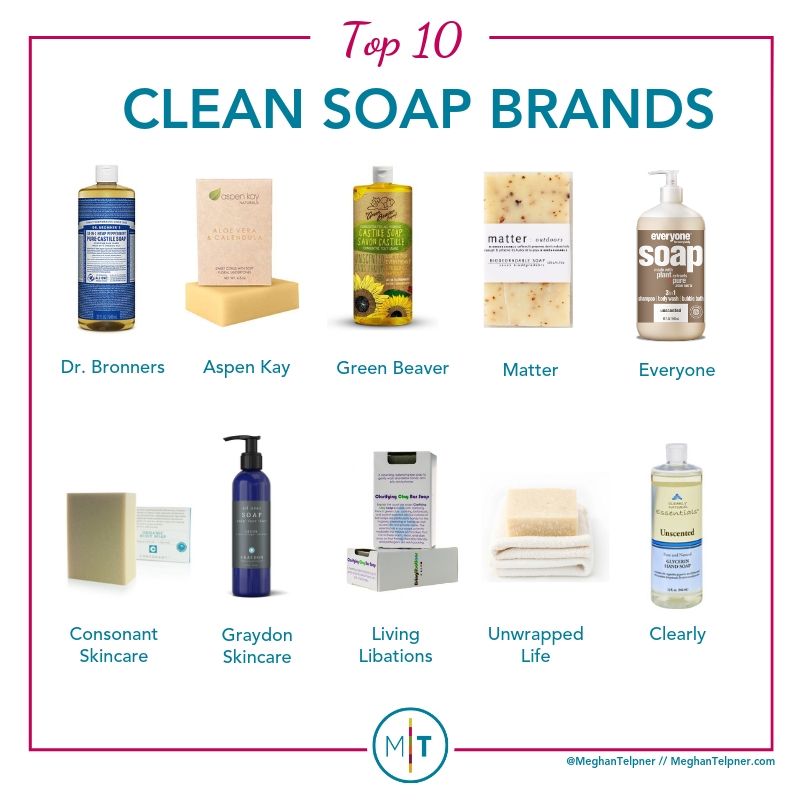
Wash Your Pits and Bits Only
This is something I advocated for in my first book, UnDiet, in regards to Vitamin D, which is produced in the skin. When we wash too quickly after sun exposure, we wash the Vitamin D down the drain too. There are also benefits to our skin microbiome, too, when using soap selectively in certain areas and using warm water to wash elsewhere. I recommend using soap for the armpits, hands and private parts, and using a skin brush to cleanse the balance of your skin.
Dietary Changes
Our skin microbiome is influenced by what we put in our bodies, not only what we slather on it. Some dietary choices that can influence our microbiome include:
- Consuming prebiotic foods, which help feed the good bacteria in our intestinal tract. These include Jerusalem artichoke, garlic, onions, leeks and asparagus.
- Eating probiotic foods, such as fermented foods including sauerkraut, kimchi, pickles, miso, tempeh, dairy-free kefir, pickle juice.
- Drinking loads of water or herbal teas.
- Eating nutritious fats, which help to reduce inflammation and keep our skin smooth and supple.
Lifestyle Practices
These include:
- Pooping regularly to eliminate waste – more on how to reduce constipation and improve elimination here.
- Skin brushing, as this sheds dead skin cells, boosts immunity and improves circulation.
- Playing in the dirt – this encourages a healthy skin and gut microbiome.
- Gentle exercise (forest bathing, one of my favourites, plays a role in the skin microbiome).
What’s In My Mom Tool Belt
Let’s be honest, I basically had a germaphobe tool belt long before I had a baby. Now I just have a better excuse and large stroller that can carry it all. It’s not even the contamination that keeps me from using soap in public restrooms but the perfumes in them. Strong fragrances are really challenging for me. This is what I carry with me in my purse when I’m on my own, and in my diaper bag with the little man.
- Wipes: Chemical-free Water Wipes (for hands, face and changes, when needed), or for markets/picnics I just wet a small towelette and stick that in a container to take.
- Triclosan-Free Hand Sanitizer: Living Libations
- Small Refillable Soap Bottle: I fill with liquid soap
- Extra cloth towel/napkin: This has come in handy on a daily basis
Taking care of our exterior barrier to our environment can easily seem like an accessory thing. I totally get that carrying your own soap may seem like a completely crazy thing to do. I hear you. But here is the thing – we are getting sicker easier. It’s not because of contaminated hand soap dispensers (though that could be a part of it), and it’s not because of hand dryers blowing poo air.
A big part of the decline in our health and lower resilience in our kids is due to the microbiome in our gut and on our skin being imbalanced by the number of chemicals in the products we’re using every single day. So if we are washing our hands multiple times a day, every single day with that pink hand soap, or a product containing triclosan, fragrance and colouring agents there is a cumulative negative effect over time. Switching soaps is one of the absolute easiest swaps we can make to reduce that chemical load and improve our microbiome.
*this post contains affiliate links
Free Resource Library
Enjoy more than 40 downloadable guides, recipes, and resources.
















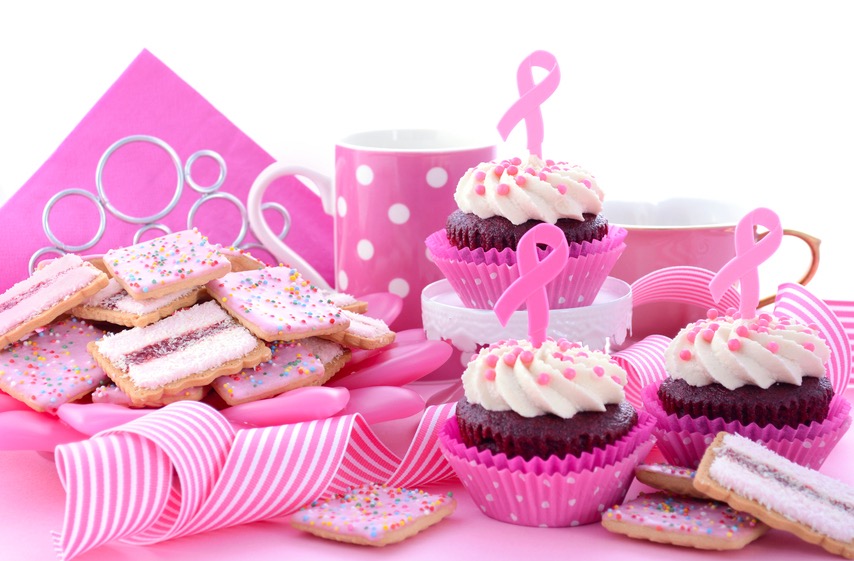
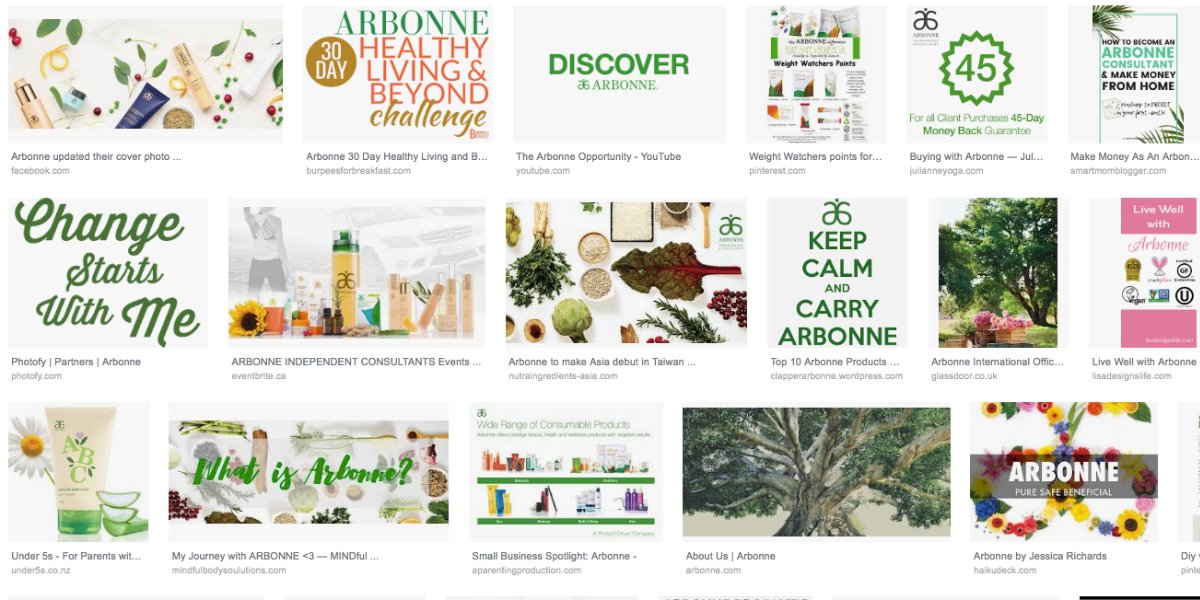
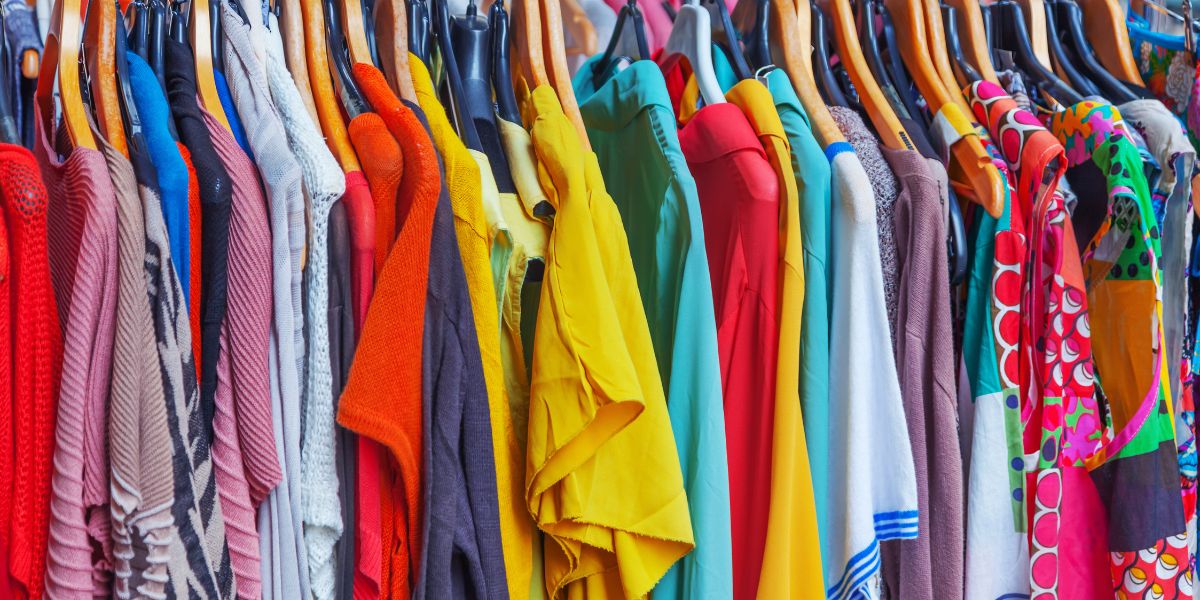
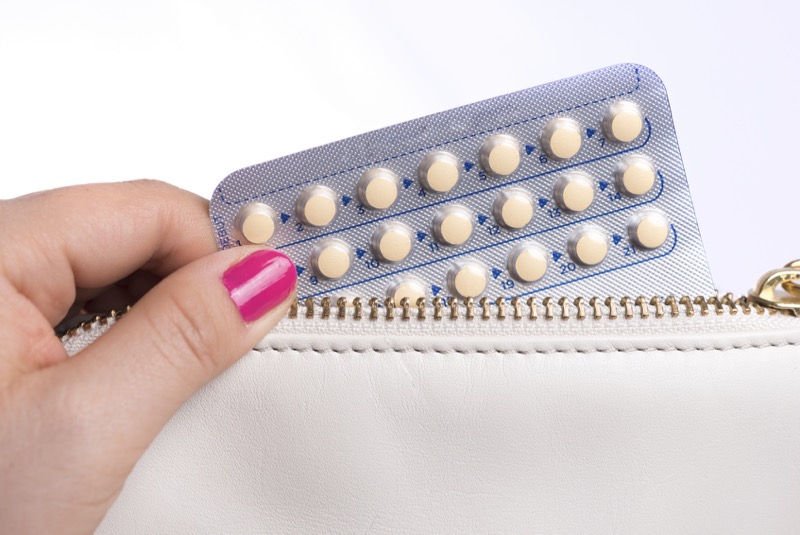

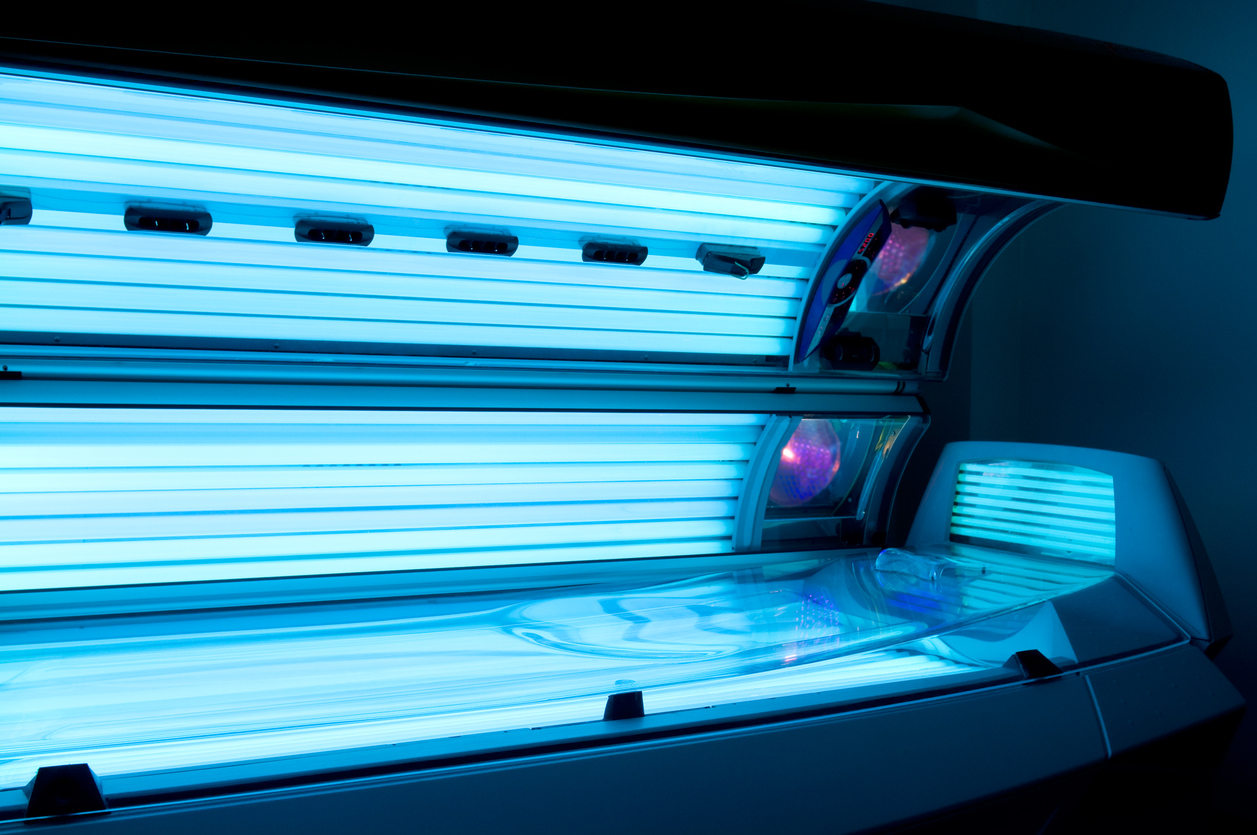
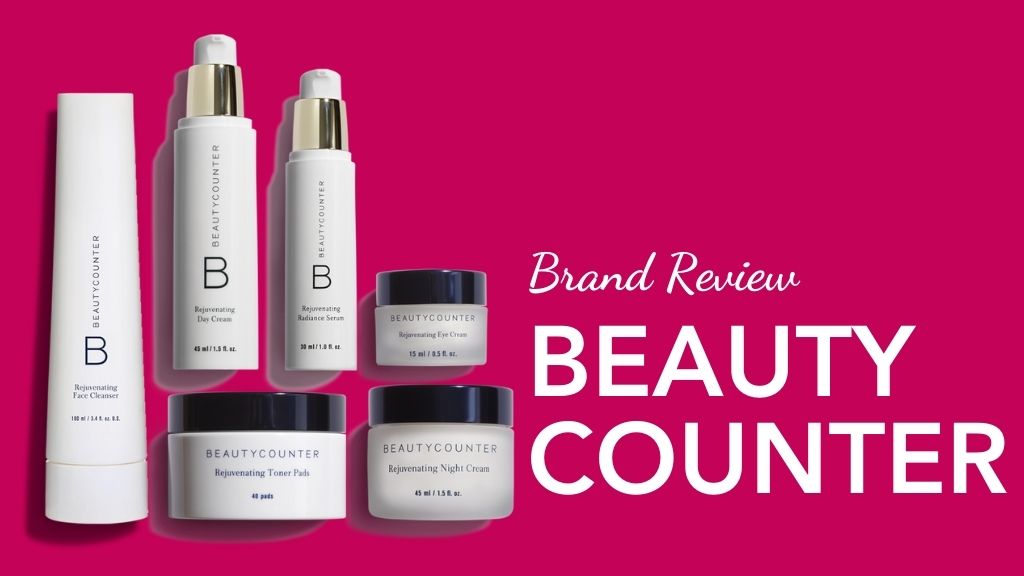
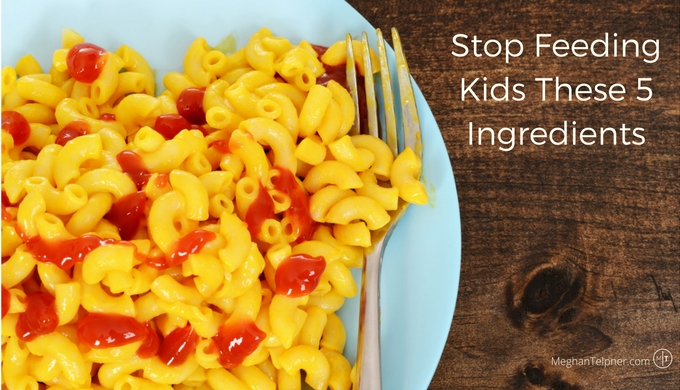
Very eye opening. Marriott recently announced a plan to eliminate travel sized shampoo and conditioner bottles for guests. They’re replacing them with wall dispensers. I can’t imagine how gross they’re going to get from multiple users as well as not being able to verify proper cleaning or someone adding hair remover as a prank in the shampoo. Excess plastic should be eliminated but not at expense of public health!
Hi Meghan, I go to a local gym everyday, and after my workout I wash my hands with the horrible stuff they provide in their soap dispensers. Which of the products from your article would you recommend travel well to and from the gym on a daily basis? Thanks SO much! ☺️
I’m with you on bathroom air dryers and public doors. I’m wondering the following:
1) Do the self dispensing soap dispensers have as much contamination?
2) What about the white foamy soap in some dispensers?
3) If paper towels are available, I’ll use one to turn off water and open doors. Is that really helpful?
Sorry for so many??!